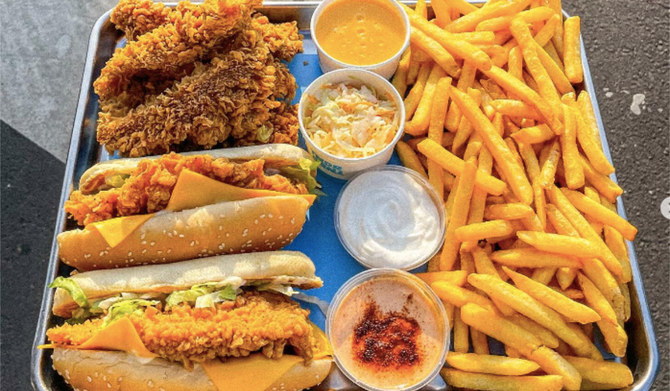Monitoring Desk
For centuries, mooncakes have been the signature delicacy – equivalent to such treats as chocolate eggs or hot cross buns for Easter – for the Mid-Autumn Festival, a widely celebrated Asian holiday dedicated to the moon.
The Mid-Autumn Festival also known as the Moon Festival or Mooncake Festival, is a traditional festival celebrated by many East and Southeast Asian countries such as China, Vietnam, Japan, Korea, Taiwan, Singapore. It is regarded by many as the second most important holiday of the year, as it is a time to get together with family, feast, worship the moon, and celebrate the harvest.
The holiday stretches back 3 000 years, when the Chinese worshipped the moon as a symbol of rejuvenation and a good harvest. The biggest tradition of the festival is mooncakes, which are moon shaped pastries, that families give and receive.
Typically, mooncakes have a dense, sticky filling such as red bean paste or lotus seed paste, encased in a pastry crust with a lavishly decorated top. There may be a salted duck egg yolk or two hidden in the centre, or a chocolate truffle. These are often cut up into wedges to be eaten.

Stories behind the origin of mooncakes are myriad. Many versions of a legendary tale feature a woman named Chang’e ingesting an immortality potion under duress, after which she floats upward to become Goddess of the Moon. Tham Wing Cheong, who still uses traditional wooden moulds to make the treats at Chinatown Tai Chong Kok Confectionery (Hue Kee), says mooncakes may have helped overthrow Mongol rule in China in the 14th century. A secret message in the centre of cakes supposedly allowed the Han Chinese to co-ordinate an uprising that led to the establishment of the Ming Dynasty.
Mooncakes have skyrocketed in popularity the past year, thanks to TikTok users posting them throughout the year and creating challenges around the cakes. And pastry producers have since keyed into this popularity, buy creating luxury mooncakes.
Demand for the most extravagant versions of the cakes, which are often given as gifts, has been intense for years. Since the start of the Covid-19 pandemic, it’s ramped up even more in some places as people seek comfort in tradition.
In Singapore, where few have been able to travel for most of the pandemic, locals have more money to spend, along with an increased focus on the holiday’s rituals. This year’s festival was on September 21, posed an additional challenge in Covid-related supply chain snafus.
Singapore’s Raffles Hotel, made 10 kinds of mooncake offerings for the Mid-Autumn Festival, which were sold due to the “continued high demand” from both corporate clients and locals, says Tai Chien Lin, the hotel’s executive pastry chef.
He says consumer trends dictate new offerings: In 2018 an interest in superfoods manifested in an açai berry and chia seed mooncake. This year, has brought appreciation for what he calls “refreshing and fruity flavoured mooncakes”.
Other hotels, restaurants and pâtisseries have come up with unique flavours that allow them to play in the luxury mooncakes space.
A box of four truffle mooncakes with 24 karat edible gold leaves, offered for $593 (R8 734) at the e-commerce site Golden Moments, has already sold out for this year.
At Hong Kong’s Peninsula Hotel, theirs is priced at $294. The red- and gold-toned box includes walnut- and fig-flavoured egg custard mooncakes and red and south date lotus seed paste mooncakes from Michelin-starred chef Tang Chi Keung, as well as a tin of pu’er tea, and one pair of hand-painted porcelain tea cups and plates. The offering has already sold out.
At Singapore’s Marina Bay Sands, this year’s mooncake flavours, such as lotus paste with melon seeds and yam and lotus paste with salted egg yolk, are low in sugar. This is a new trend for the treats, which typically clock in at 700 to 1 000 calories due to the high fat and sugar content.
Singapore’s Fullerton Bay Hotel is also getting in on the trend toward slightly healthier ingredients. General manager Giovanni Viterale says it has placed an emphasis on ingredients seen as boosting immunity and well-being, such as wolfberries and green tea. The most popular new flavour is anti-oxidant oolong tea with dried cranberries.








